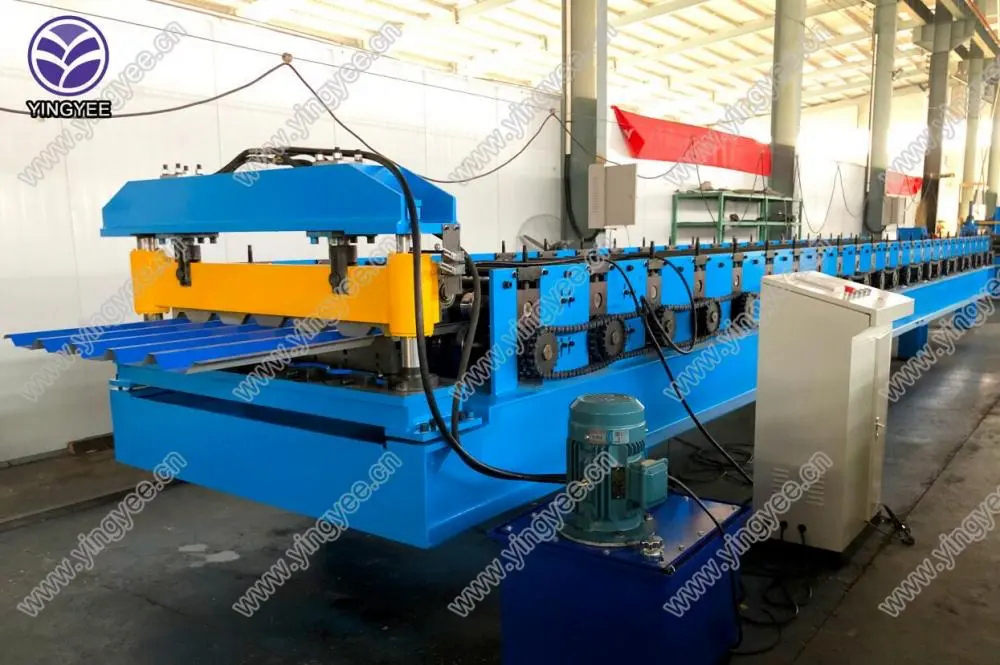
Understanding Steel Channel Framing Roll Forming Machines
In the modern construction landscape, efficiency and precision are paramount. One of the innovative technologies that have revolutionized the way structural components are produced is the steel channel framing roll forming machine. This specialized machinery is designed to create steel channels, which are widely used in various applications, including building frameworks, construction, and manufacturing.
What is Roll Forming?
Roll forming is a continuous bending operation in which a long strip of metal, such as steel, is passed through a series of rollers. Each pair of rollers bends the metal incrementally into the desired shape. This process is particularly beneficial for making consistent profiles, such as steel channels, as it ensures uniformity in dimensions and mechanical properties.
The Design and Functionality of the Steel Channel Framing Roll Forming Machine
A steel channel framing roll forming machine typically consists of several key components
1. Uncoiler This is where the steel coil is loaded. The uncoiler unwinds the coil during the roll forming process.
2. Roll Forming Stations These consist of multiple sets of rollers that progressively shape the flat steel strip into a channel profile. Each station contributes a small increment until the final shape is achieved.
3. Cutting Mechanism Once the steel channel is formed, it is often cut to specific lengths. This mechanism can be either a flying cut, which occurs while the material is still moving, or a stationary cut after the channel has been formed.
4. Product Collector After cutting, the finished channels are collected for packaging or further processing.
5. Control System Modern machines are equipped with sophisticated control systems that allow for precise adjustments to speed, dimensions, and shapes, ensuring high-quality production output.
Advantages of Using Steel Channel Framing Roll Forming Machines

1. Efficiency Roll forming is known for its continuous operation, which significantly reduces production time compared to traditional manufacturing methods.
2. Cost-Effectiveness Although the initial investment in a roll forming machine can be high, the long-term savings in labor, material waste, and time make it a cost-effective solution for high-volume production.
3. Precision and Consistency The roll forming process produces parts with uniform cross-sections and tight tolerances, which is crucial for structural applications where precision is vital.
4. Material Utilization Roll forming minimizes waste, as the process utilizes a continuous sheet of material, resulting in higher yields compared to other methods.
5. Versatility Steel channel framing machines can be adjusted to create various channel dimensions and profiles. This flexibility allows manufacturers to meet diverse customer needs without significant downtime.
Applications of Steel Channels
Steel channels produced by roll forming machines are used in numerous applications, including
- Construction Used as structural beams, supports, and frames in buildings. - Manufacturing Employed in the production of machinery and equipment, providing structural integrity. - Transportation Utilized in vehicle manufacturing, particularly in the creation of chassis and support structures.
Conclusion
As the construction and manufacturing industries continue to evolve, the demand for efficient, precise, and cost-effective production methods grows. The steel channel framing roll forming machine stands out as an essential tool in achieving these goals. By providing high-quality steel channels quickly and efficiently, businesses can meet the increasing demands of the market while maintaining high standards of performance and reliability.
In summary, investing in a steel channel framing roll forming machine not only enhances productivity but also improves the overall quality of construction and manufacturing processes. With ongoing advancements in technology, these machines will undoubtedly continue to play a pivotal role in shaping the future of the steel industry.